Are you looking at how to grow quality traditional vegetables in Kenya? In this post, we will give you the best tips on how to plant and care for the most consumed African leafy vegetables in the country.
African leafy vegetables have a high demand in Kenya’s domestic and export markets. You can grow them as food or a cash crop since they are highly nutritious food. You can grow kienyeji vegetables in a kitchen garden for use at home or produce them commercially to sell them to leading exporters. supermarkets and mama mboga kiosks across the country.
Best agronomic practices for successful traditional vegetable farming
To enjoy the highest health and profit benefits, you have to follow the best farming practices. This guide will give you the best tips on how to grow traditional vegetables for high-quality yields. The tips in this article are;
- Indigenous Vegetable Seeds selection: – Use certified seed or seedlings from a reputable seed company
- Land preparation – Learn about ploughing tilling or harrowing where necessary
- Soil fertility Management – Get the best manure and fertilizer per crop
- Spacing – Plant by drilling at recommended spacing (see sections below per crop)
- Weeding: – Keep the vegetable farms weed-free
- Thinning: – Do subsequent thinning to leave one plant at an intra-row spacing of 30-40 cm apart depending on the varieties
- Harvesting: Understand which traditional vegetables to uproot as whole plants or pick leaves over extended periods.
- Seed Harvesting and drying
Managu vegetable Farming in Kenya
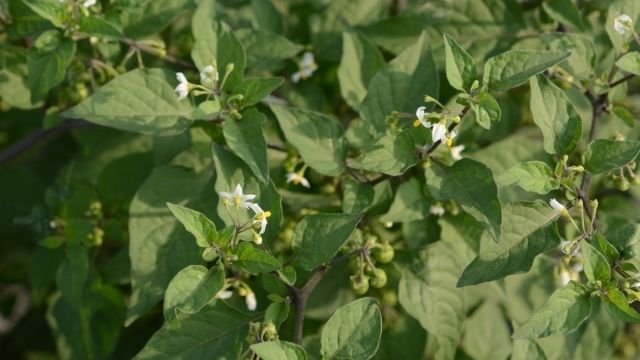
Apply manure at the rate of 10 ton/ha-1 Planting and seed rate – Early planting – Depth 2 cm. – Seed rate 4-6 Kg/acre – Mix seeds with dry sand or soil at the rate of 1 part seed: 3 parts dry soil/sand
You can plant quality planting seeds from an agro vet shop or source them from neighbors. You can also transplant young plants at a spacing of 30-60cm by 30-60 cm from the wild to well-tended organic plots. The plant does well in organically rich soils. You can increase yields by adding well-decomposed cattle, chicken or rabbit manure. Another trick is adding recently burnt ash. The crop requires frequent irrigation. Its tender shoots are susceptible to spider mites, early blights and aphids.
Terere Farming in Kenya
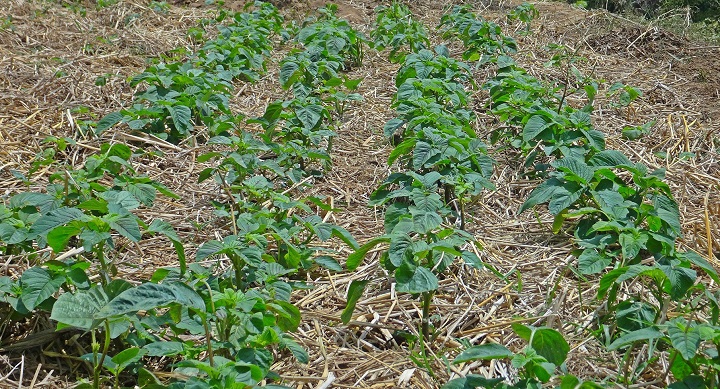
You can grow mchicha for the purpose of leafy vegetables, cereal seeds or as a flower. You can grow amaranth traditional vegetables by sowing the seeds directly or you transplant seedlings from nurseries. To get the highest yields from your terere garden by having a spacing of 20 cm by 20 cm. The vegetable is mature for harvest in about 6 weeks or when the crop is 30 cm high.
Kunde Farming in Kenya
Kunde farming in Kenya uses seeds. Plant them at 60 cm by 20 cm spacing. Kunde can be intercropped with maize or sorghum in dry areas. Commercial kunde leaves farmers following mono-cropping. It has many seed varieties like climbing and upright herbs. Its young stems, leaves, pods, fresh seeds and dried seeds are edible.
Sagaa Farming Tips in Kenya
Saga farming in Kenya includes direct planting in harrowed and well-levelled seedbeds. Use a lot of organic manure since they are heavy feeders. The small seeds are shallowly planted at around one cm depth and spacing of 30 cm between rows. You can also broadcast the seeds and rake the seedbed. The seeds germinate in 6 to 8 days and you can do thinning 20 days after. Saga does well in weed-free beds, hence the need for periodical weeding. In drier periods, the plants will require 2-3 time watering per week.
Kienyeji vegetables Recipes & preservation Methods in Kenya
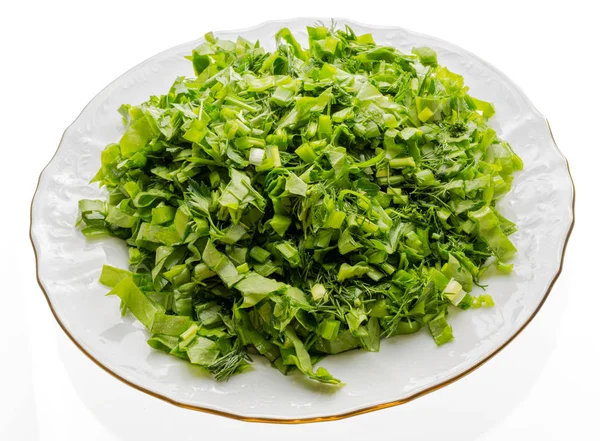
African leafy vegetables are cooked separately or mixed with other indigenous vegetables. In most communities, the plant leaves are harvested and removed from leaf stalks. Wash these in clean water and sometimes slice them into small leaves. Some people boil the leaves and discard the leaves while others prepare them directly. To fully prepare, fry onions till brown, add tomatoes and then vegetables for not less than five minutes. Stir the vegetables occasionally till ready.
Most indigenous vegetable types featured in this post can be sun-dried for preservation. Though this means some loss in nutritional value, it’s a key method to ensure a reliable supply of green vegetables and nutrients during drought. This is a chance for agribusinesses to venture into food processing, packaging and distribution to create income and employment.
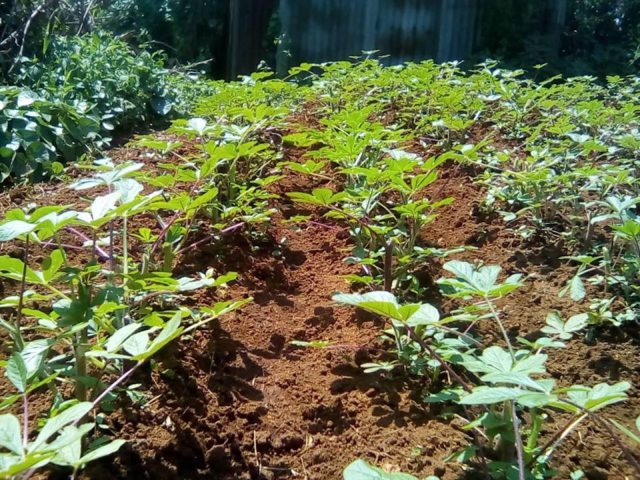
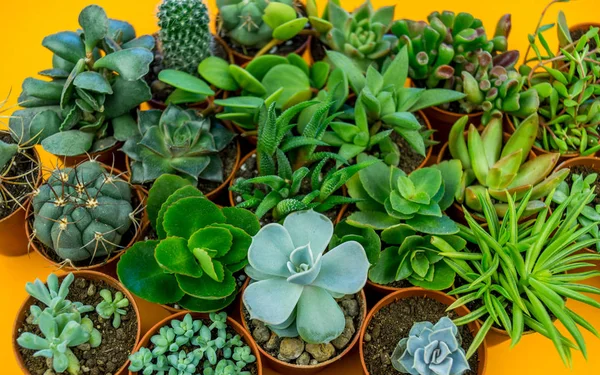
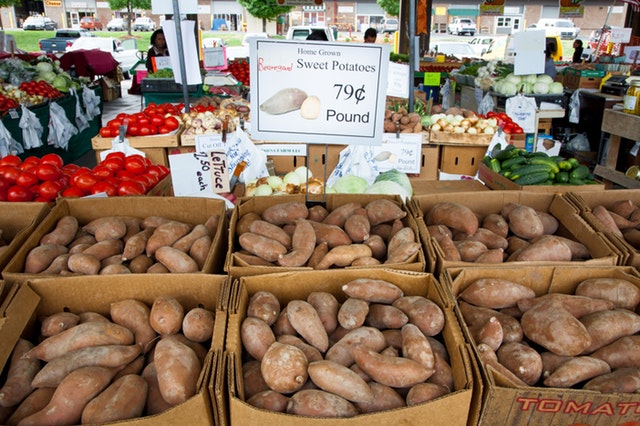
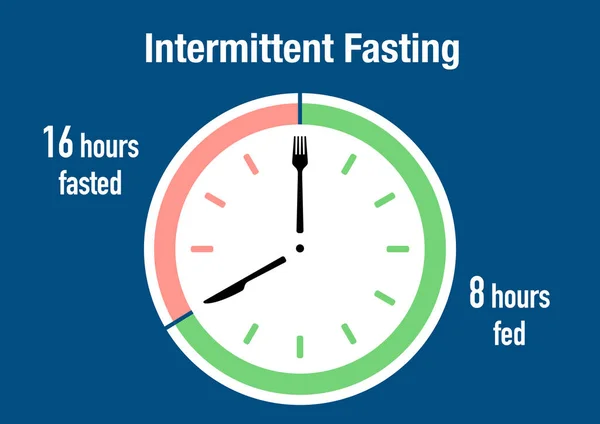
Thank for the information about sukuma wiki